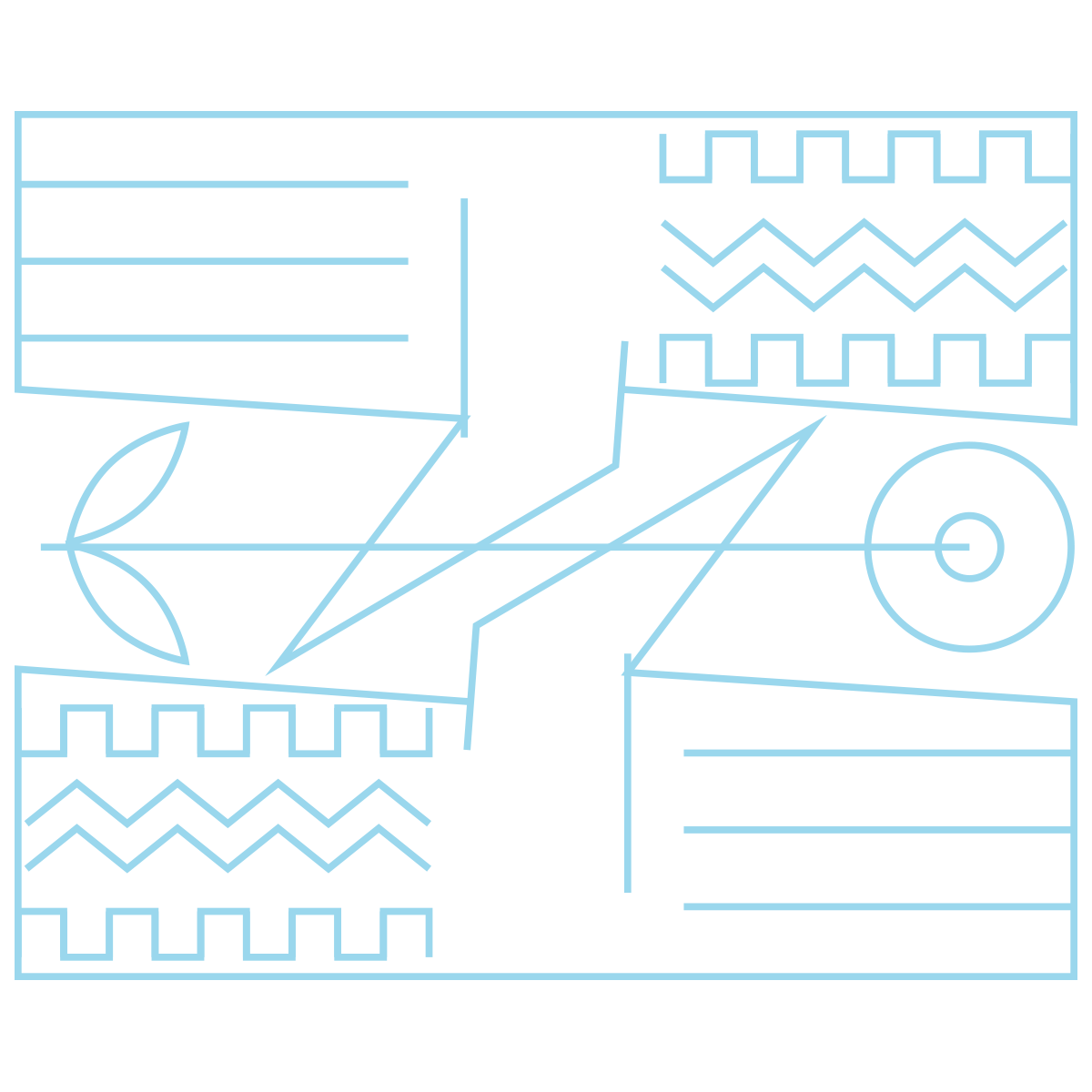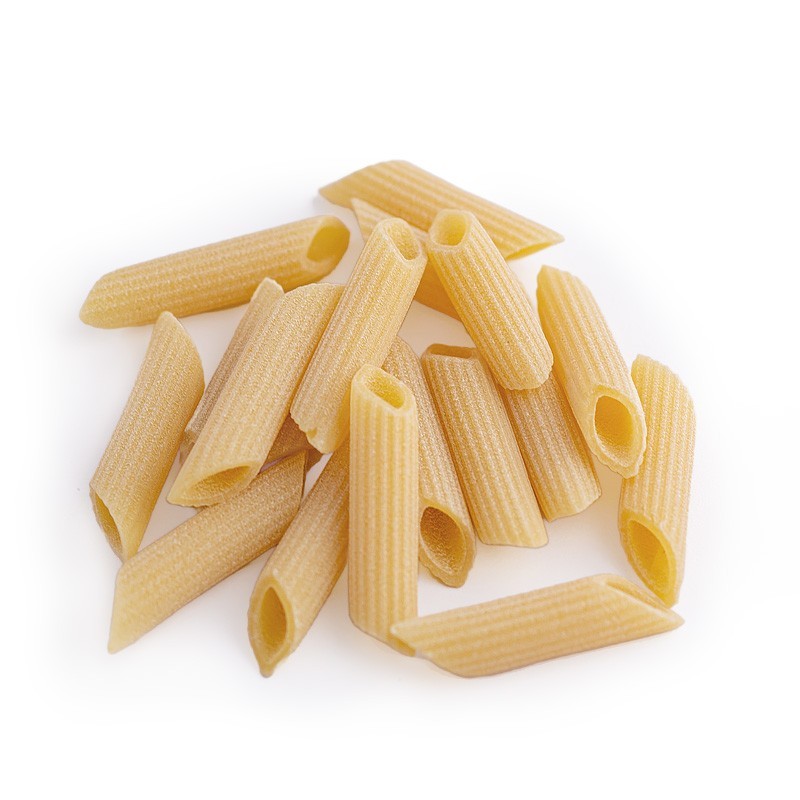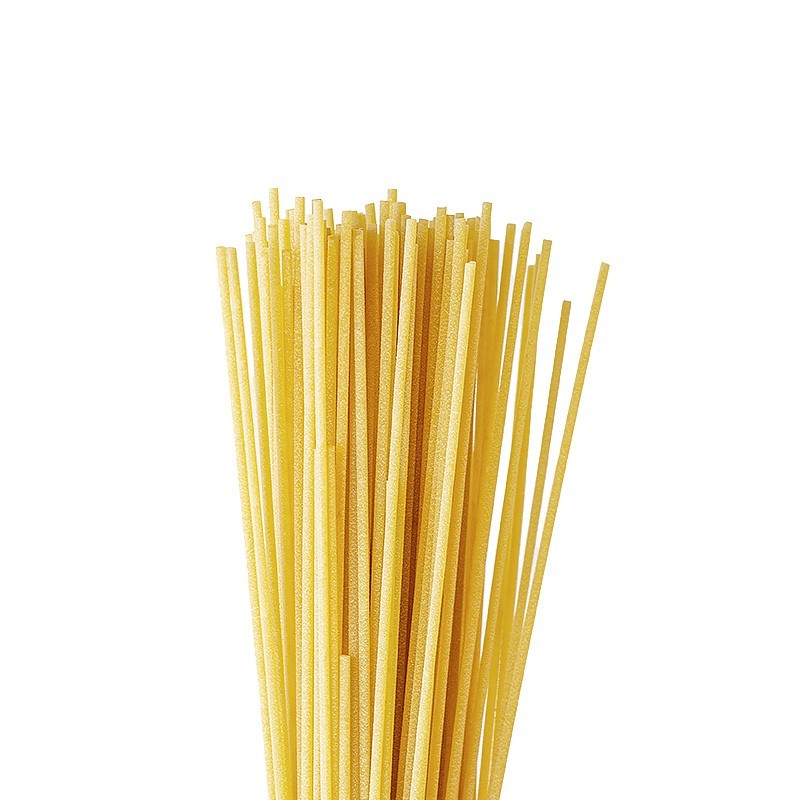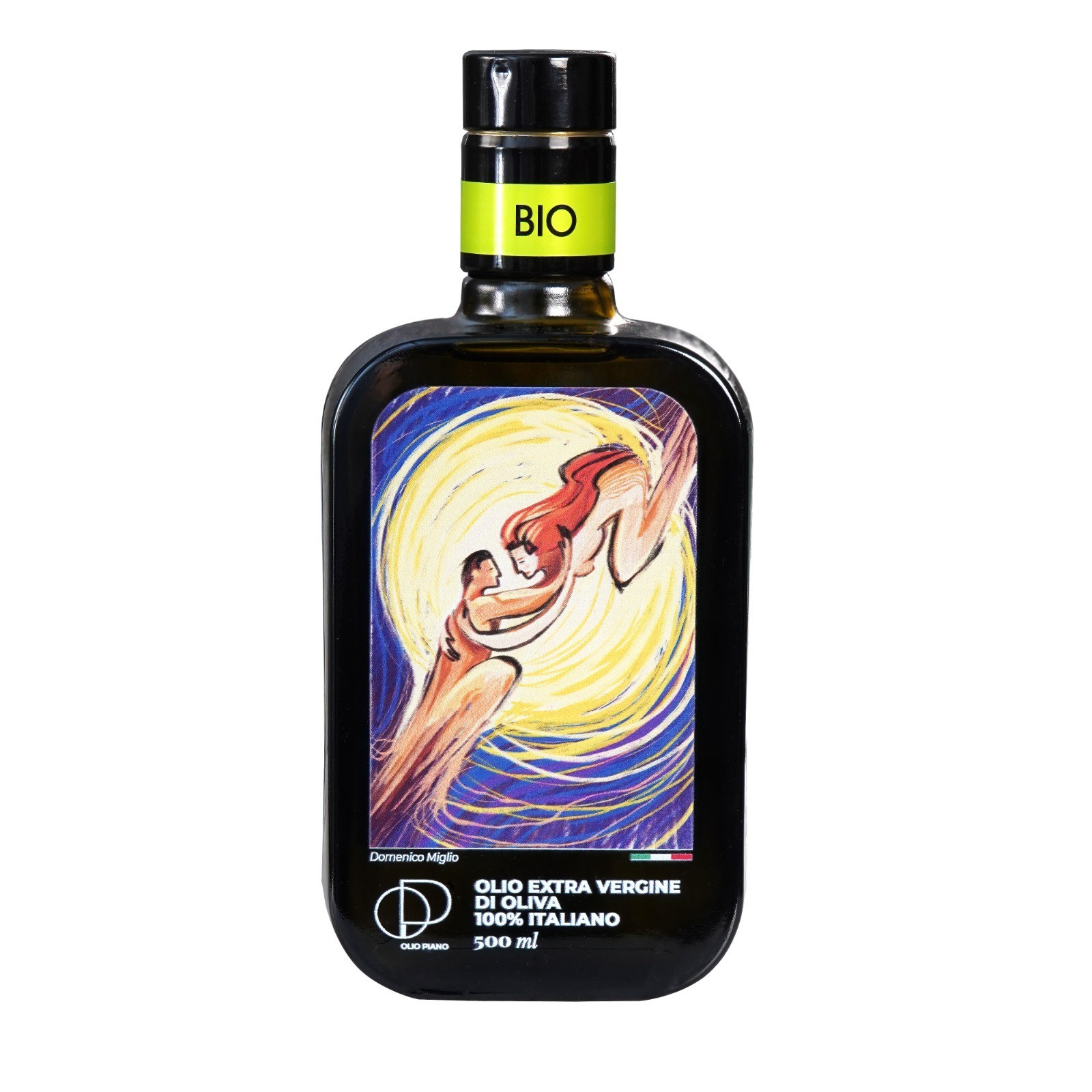05-08-2025
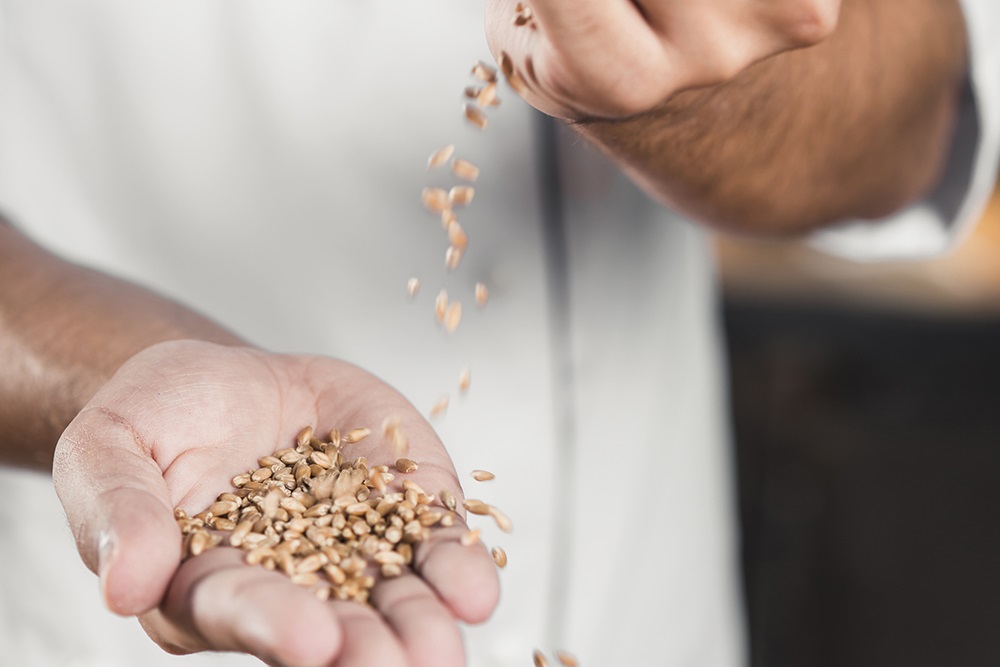
In recent years, millions have discovered they are “gluten intolerant.” But what if it’s a misdiagnosis? What if the issue isn’t gluten itself, but what’s hidden inside industrial flours?
In this article, we explore:
- why so-called gluten sensitivity develops,
- the role of glyphosate, mycotoxins and chemical additives,
- why organic isn’t always enough,
- and why our natural flours offer a concrete solution for people seeking to feel better.
Celiac disease and gluten intolerance: let’s clarify
Celiac disease is an autoimmune condition affecting around 0.3–1% of the global population (NIH). https://www.niddk.nih.gov/health-information/digestive-diseases/celiac-disease
But increasingly, non‑celiac gluten sensitivity (NCGS) is discussed: a real—but still hard to diagnose—condition affecting perhaps up to 60% of people in industrialized countries. https://www.celiachia.it/ricerca/programmi-nazionali-aic/studio-aic-sulla-sensibilita-al-glutine/
Symptoms often reported by those identifying as “gluten intolerant” are varied: water retention, bloating, slow digestion, chronic fatigue, headaches, irritability, joint pain.
In most cases, it’s not gluten itself that causes these issues, but what comes along with it in industrial products: contaminants, chemical additives, manipulated gluten, invisible residues the body struggles to recognize and digest.
After all, gluten has existed for millennia. People have always eaten bread, pasta, cereals…
So why has this “gluten sensitivity epidemic” exploded only in the last 15–20 years?
Maybe gluten hasn’t changed.
Everything else has.
The real problem: glyphosate, mycotoxins and chemical additives
1. Glyphosate
Glyphosate (marketed as Roundup®) is a widely used herbicide in conventional wheat farming, especially in North America and Eastern Europe, where pedoclimatic conditions are not ideal for natural wheat cultivation.
In these regions wheat is often planted in spring and harvested in late autumn under cold, rainy—and sometimes snowy—conditions.
Because the crop cannot mature evenly, farmers resort to chemical desiccation: glyphosate is sprayed a few days before harvest to artificially “dry” the crop and force uniform ripening.
This makes harvesting easier… but leaves significant residues in the wheat grain. https://www.albertafarmexpress.ca/news/keep-it-clean-warning-producers-not-to-use-glyphosate-as-a-desiccant/?
What does it do in our body?
It damages the gut microbiota, promotes pathogenic bacteria and intestinal inflammation (Frontiers in Microbiology). https://www.frontiersin.org/journals/microbiology/articles/10.3389/fmicb.2020.556729/full
It increases intestinal permeability, leading to “leaky gut” and uncontrolled immune reactions.
A key study (Samsel & Seneff, 2013 – Glyphosate, gluten and celiac disease) found a significant correlation between increased glyphosate use and the exponential rise in cases of gluten sensitivity. https://pmc.ncbi.nlm.nih.gov/articles/PMC3945755/
2. Mycotoxins: the invisible enemy in flours
Mycotoxins are among the most carcinogenic natural molecules globally, produced by fungi (Fusarium, Aspergillus, Alternaria) that develop on grains stored or grown in damp or unfavorable conditions (such as Canadian wheat).
The most dangerous include:
- DON (vomitoxin): digestive disorders, nausea, reduced immunity
- ZEN, T2/HT2, FB1: hormonal disruption, liver damage, chronic inflammation
Before 2006, Italy had much stricter standards: - DON over 100 µg/kg considered unfit for human consumption,
- 100–1000 µg/kg only for animal feed,
- above 1000 µg/kg the grain was destroyed.
With EU Regulation CE 1881/2006, limits were standardized: - crude wheat: up to 1,250 µg/kg,
- flour and derivatives: up to 750 µg/kg,
- ready‑to‑eat bakery products: up to 500 µg/kg.
These changes enabled practices like importing wheat with DON levels above 1,500 µg/kg, mixing it with cleaner Italian wheat to meet legal thresholds, thus producing “compliant” flour but with a significant toxic load.
In North America (Canada), limits are even higher: up to 2,000 µg/kg for soft wheat—and no clear limits for flour or finished products.
One widespread practice: diluting contaminated imported wheat. A 2021 study in Toxins (MDPI) found that 98% of flour samples contained multiple mycotoxins simultaneously, raising the risk of synergistic and cumulative health effects. https://www.mdpi.com/2072-6651/13/5/305
And elsewhere in the world? Canada’s case:
Canada, a major wheat exporter, does not enforce EU-level limits: Health Canada proposes a DON limit of 2,000 µg/kg for soft wheat—far higher than European thresholds—and no clear standards for flour or final products. https://www.grainscanada.gc.ca/en/about-us/consultations/2019/falling-number-don.html
3. Additives and “corrected” industrial flours
Mass-market flours are often treated with:
- industrial enzymes (hidden on labels),
- chemical correctors to enhance workability and rise,
- bleaches, stabilizers, maltodextrins and more.
These ingredients alter gluten digestibility, making bread, pasta and pastries technically superior—but often hard to digest.
Want to know exactly what’s added to industrial flours and how it affects your body?
Read the dedicated article on invisible additives
Organic isn’t automatically healthier (especially regarding mycotoxins)
A common—but often misleading—belief is that organic is always safer. But with mycotoxins, the reality is more complex.
Organic farming can’t use systemic fungicides—only copper and sulfur are allowed; under unfavorable climate (humid, rainy or extreme temperature swings), these natural treatments often fail to control mold and toxin-producing fungi like Fusarium, Alternaria and Aspergillus.
Thus, the same wheat grown in the same area:
- conventional wheat may benefit from fungicides effective at limiting mold and mycotoxins,
- while organic wheat may have significantly higher mycotoxin content.
Ultimately, grain safety depends not only on farming methods, but on: - the pedoclimatic conditions of the cultivation area,
- the microclimate during flowering and ripening,
- and the promptness of harvest and storage.
That’s why choosing wheat grown in dry, wheat‑friendly environments is the best way to naturally reduce mycotoxin risk—whether in organic or conventional systems.
The real difference: cultivating below the 42nd parallel
When it comes to grain health, pedoclimatic conditions matter more than anything.
Cultivating below the 42nd parallel—as we do here in Puglia—offers outstanding agricultural and health benefits:
- low spring rainfall, drastically reducing mold risk and often eliminating the need for fungicides;
- low humidity before harvest, ideal for preventing mycotoxin formation;
- natural wheat maturation, avoiding the use of glyphosate for harvesting—a common practice in climates unsuitable for cereal farming.
Our èViva wheats are born here
It’s in this ideal context that we grow our èViva wheats, from which our flours are made. They are:
- 100% Italian, grown in a short, controlled supply chain;
- free from glyphosate, pesticides and systemic fungicides;
- naturally mycotoxin‑free thanks to favorable climate;
- without additives, industrial enzymes or technological correctors;
- with a live wheat germ, for a rich, complete nutritional profile.
Want to rediscover the true taste of real wheat?
Try èViva natural flours: ideal for those seeking digestibility, flavor and safety without compromise.
Buy online directly from the producer:
Discover the full range in our shop
Frequently Asked Questions
Is gluten always harmful?
No. For most people, gluten itself is not harmful. The problem lies in how it’s processed and what’s added in industrial flours.
Is organic safer than conventional flour?
Not always. In humid areas, organic wheat may contain more mycotoxins because effective fungicides cannot be used.
Why choose èViva flours?
Because they’re made from wheat grown in Puglia, without glyphosate, no additives, and with live wheat germ. Natural and digestible.





